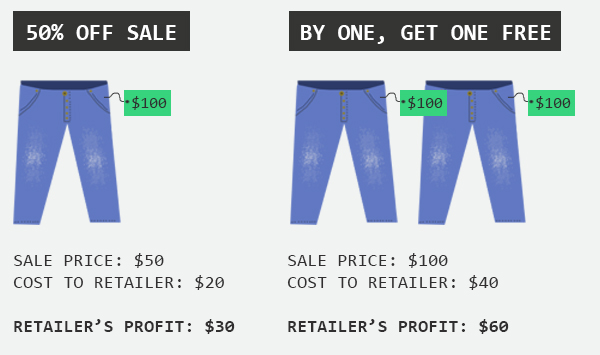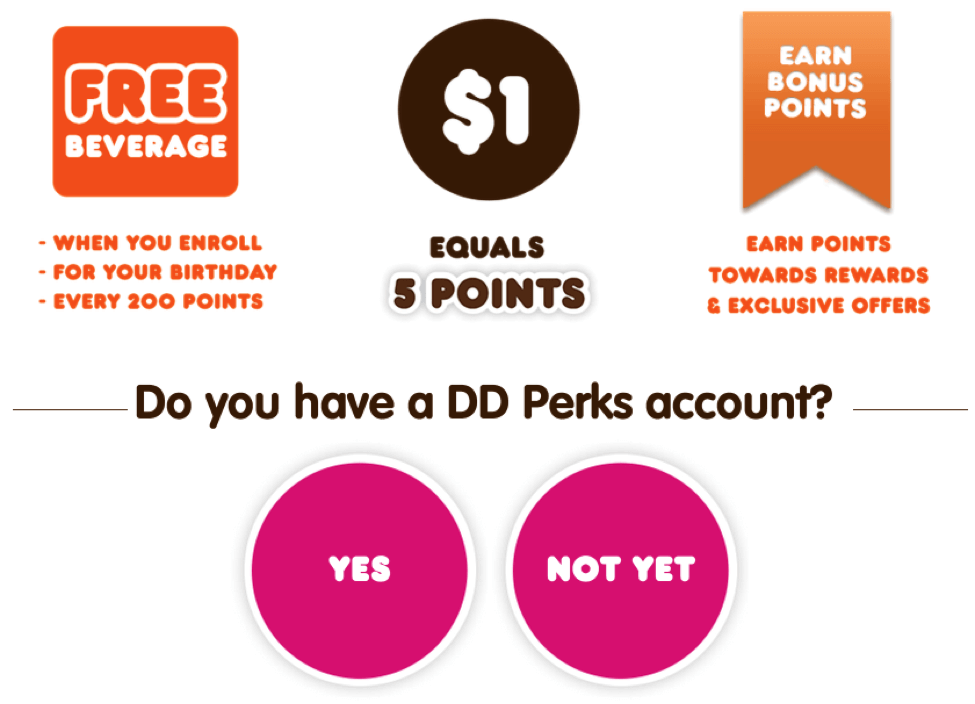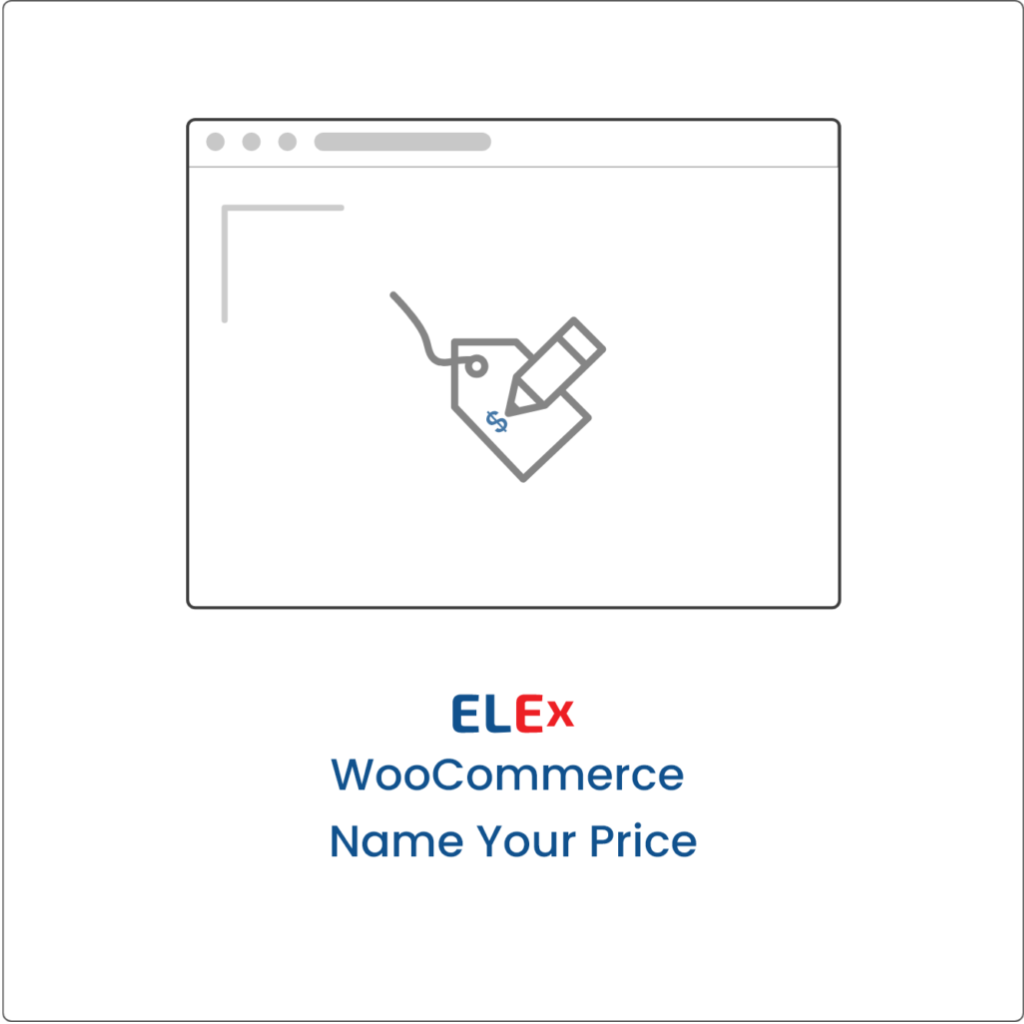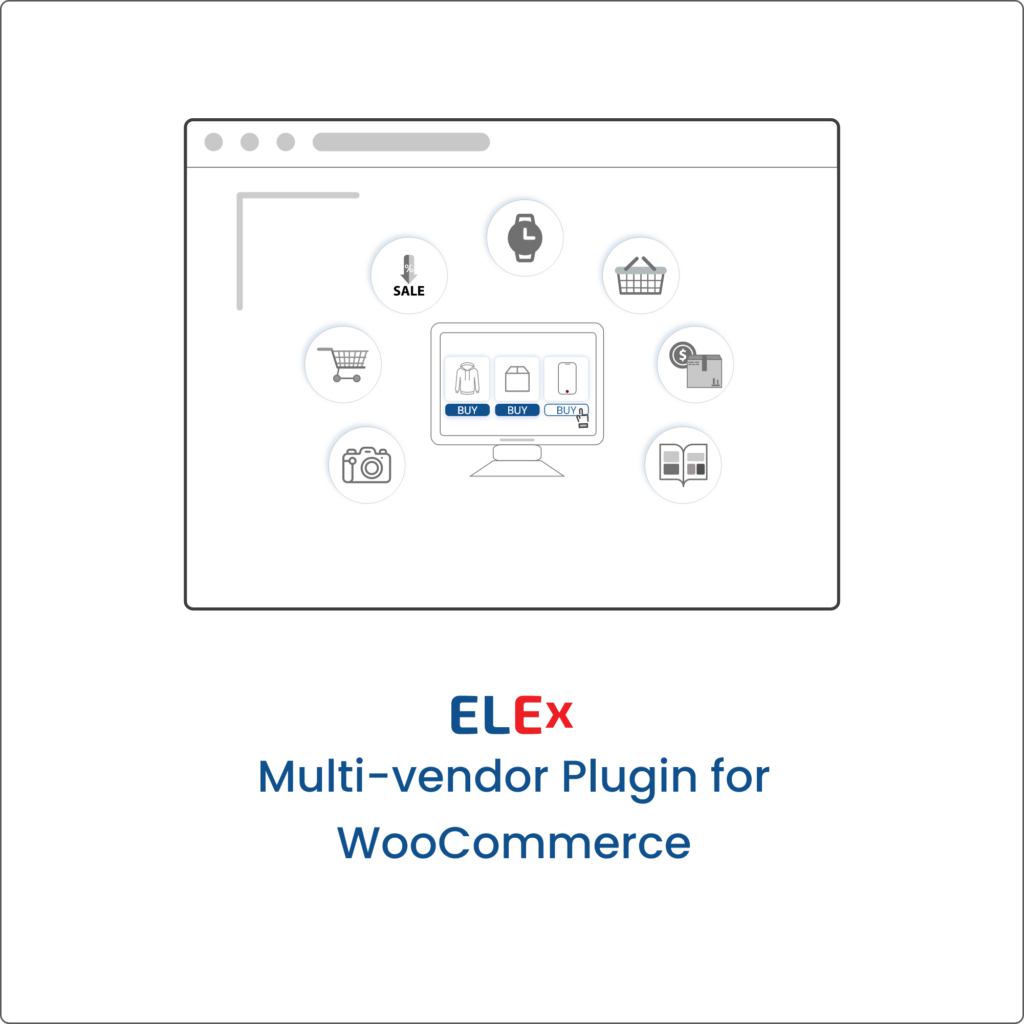Since the beginning of eCommerce, an unpleasant scenario has been plaguing the majority of the industry, according to web statistics. Customers view the same product page multiple times, finally, they choose their chosen specifications and put the item in their shopping cart, only to vanish halfway through the checkout procedure. You’re perplexed.
Cart abandonment, like many other issues, is infuriatingly prevalent. According to Baymard Institute research, 69.82% of online shopping carts are abandoned.
In other words, seven out of every ten customers who add an item to their shopping basket abandon the transaction. Cart abandonment costs eCommerce retailers $18 billion in sales income each year.
Occasionally it’s just a case of someone adding something to their basket on a whim without really intending to buy it; this is known as wistful window shopping. Actually, when Black Friday and Christmas bargains entice impulsive buyers, cart abandonment rates reach their highest in December.
However, in other instances, shoppers leave their shopping baskets empty because of a frustrating online purchasing experience. It is possible to stop this kind of cart abandonment. You should keep the following measures in mind if you wish to make up for lost sales.
Offer discounts or coupons as one of the finest strategies to recover from abandoned carts. It is true that customers add items to their shopping baskets with the purpose of purchasing them before removing them for unknown reasons.
As a result, giving those customers discounts for their abandoned carts may encourage them to make a purchase. However, the consumer is equally happy to receive a customized offer for his preferred goods.
Understanding Cart Abandonment Causes
Understanding the causes of cart abandonment is crucial for eCommerce businesses to address the underlying issues and improve their conversion rates.
Here are some common reasons why customers abandon their shopping carts:
- Unexpected Shipping Costs: High shipping costs, especially when they are revealed late in the checkout process, can deter customers from completing their purchases. Many shoppers expect free or discounted shipping and unexpected fees can lead to cart abandonment.
- Complicated Checkout Process: A lengthy or complicated checkout process with too many steps, mandatory account creation, or excessive form fields can frustrate customers and prompt them to abandon their carts. Simplifying the checkout process can improve conversion rates.
- Lack of Trust and Security Concerns: Customers may hesitate to complete a purchase if they don’t trust the website or have concerns about the security of their personal and payment information. Displaying trust signals such as security badges, SSL certificates, and customer reviews can help alleviate these concerns.
- Price and Comparison Shopping: Customers often use shopping carts as a tool for comparison shopping, adding items to their cart from multiple retailers before making a final decision. Price transparency and competitive pricing can help mitigate this behavior.
- Technical Issues and Errors: Glitches, errors, or slow website performance can frustrate customers and disrupt their shopping experience, leading to cart abandonment. Regular website maintenance and testing can help prevent technical issues.
- Unclear Return Policies: Customers may abandon their carts if they are uncertain about the return or exchange policies, especially for expensive or non-returnable items. Clear and transparent return policies can instill confidence and encourage customers to complete their purchases.
- Distractions and Interruptions: External factors such as phone calls, emails, or notifications can distract customers and cause them to abandon their carts mid-purchase. Providing a seamless and distraction-free shopping experience can help minimize cart abandonment.
- Lack of Mobile Optimization: With the increasing prevalence of mobile shopping, websites that are not optimized for mobile devices may frustrate customers and lead to cart abandonment. Responsive design and mobile-friendly checkout processes are essential for capturing mobile sales.
- High Shipping Times: Long shipping times or lack of delivery options can deter customers, especially those who need the items urgently. Offering expedited shipping options and providing clear delivery estimates can help reduce cart abandonment.
- Unexpected Costs and Fees: Apart from shipping costs, unexpected taxes, handling fees, or additional charges at checkout can surprise customers and lead to cart abandonment. Providing upfront pricing and transparent cost breakdowns can improve transparency and trust.
Role Of Discount Coupons In Preventing Abandoned Carts
Coupon discounts play a significant role in preventing abandoned carts in eCommerce. Here are several ways in which coupon discounts can help reduce cart abandonment:
Incentivizing Purchase Completion
Offering discount coupons can provide customers with an incentive to complete their purchases. Knowing they can save money by using a coupon may encourage hesitant shoppers to finalize their transactions rather than abandoning their carts.
Addressing Price Sensitivity
Price sensitivity is a common reason for cart abandonment. Customers may be comparing prices across different websites or may perceive the total cost of their purchase as too high. Discount coupons can help alleviate these concerns by reducing the overall price and making the purchase more affordable.
Rewarding Customer Loyalty
Coupons can be used as a way to reward customer loyalty and encourage repeat purchases. By offering discounts to returning customers or members of loyalty programs, businesses can foster customer retention and discourage cart abandonment.
Creating a Sense of Urgency
Limited-time discount coupons create a sense of urgency, prompting customers to complete their purchase before the offer expires. Fear of missing out (FOMO) can motivate shoppers to act quickly and finalize their transaction to take advantage of the discount.
Encouraging Impulse Buying
Discount coupons can trigger impulse buying behavior, especially when combined with persuasive messaging or enticing offers. Customers may be more likely to add additional items to their cart or make unplanned purchases if they believe they are getting a good deal with a coupon discount.
Increasing Conversion Rates
Ultimately, the goal of offering discount coupons is to increase conversion rates and reduce cart abandonment. By providing customers with a tangible incentive to complete their purchases, businesses can improve their sales performance and revenue.
Building Brand Affinity
Offering discount coupons can enhance customer satisfaction and build positive brand associations. Customers who feel they are getting a good deal are more likely to have a favorable perception of the brand and may become repeat customers in the future.
Facilitating Marketing Campaigns
Discount coupons can be integrated into marketing campaigns to drive traffic and sales. Promoting special offers or exclusive discounts through email marketing, social media, or other channels can attract new customers and re-engage existing ones, reducing the likelihood of cart abandonment.
Calculating the Abandoned Cart Rate for your Website
The total number of transactions completed is divided by the total number of transactions that began to determine the shopping cart abandonment rate. Subtract one from the result, then increase it by one hundred. We can estimate how often consumers add things to their baskets but don’t finish their transactions by looking at this rate.
Shopping cart abandonment rates on e-commerce sites should be closely monitored since a high rate may point to a subpar consumer experience or a broken sales funnel. Online merchants put a high priority on streamlining the checkout process to lower cart abandonment, which immediately increases sales and income.
There are a lot of reasons for cart abandonment but not providing a discount or coupon codes is one of the highest influencing factors for this issue.
Most savvy online buyers are aware of all the nuances of eCommerce shopping. They know how to purchase frugally while maximizing their savings.
Therefore, if you don’t offer discount codes, some of your clients will be forced to leave your website before making a purchase and go to a rival who may.
Keeping this in mind, let us take a look at some ideas and factors to keep in mind while offering discounts and coupons.
First Time Discount
This discount coupon is made available to website visitors who haven’t made a purchase from you yet, as the name implies. By assisting in the conversion of new visitors, this concept can bring you new clients. These discount coupons might help you increase client acquisition and grow your email list.
Using this technique, you may experiment with various discount percentages and include other incentives in your offer to entice them to buy. Additionally, you may distribute discount codes by using website popups.
Weekly Discounts
Only one week remains until this discount or coupon expires. This concept will assist you in increasing orders, especially during slow sales. Customers may be permitted to use the code for a certain product category, a selection of items, or a particular holiday week.
Send additional emails to clients about your offer throughout the week to keep them informed. You could, for instance, make the announcement of the offer on Monday, follow it up with a reminder on Tuesday, and then make the final call on Friday.
Free Shipping
By eliminating delivery fees, consumers will no longer face a significant barrier to purchasing. This strategy could enhance sales from both new and returning consumers since they see free delivery as a risk-reduction measure in case they need to make a return.
Free delivery for items with strong profit margins and free shipping for first-time customers are two examples of how such an offer may be implemented. This encourages the buyer to proceed with the purchase.
Festive Discounts
This notion of a promo code is obvious. To increase foot traffic and boost sales, give a festive discount on special days. You may try marketing initiatives outside of the Christmas season on occasions like Mother’s Day, the Fourth of July, etc.
Select a calendar of holidays to plan your promotions around. Make a list of all the significant public holidays that fall around that time. Even though Black Friday isn’t a holiday, it’s one of the busiest shopping days, so don’t forget to save something special for these occasions.
Optimizing Checkout Process
One of the most effective ways to prevent cart abandonment is by optimizing the checkout process. A streamlined and user-friendly checkout experience can significantly reduce friction and encourage customers to complete their purchases.
Simplify the checkout process by minimizing the number of steps required, offering guest checkout options, and implementing autofill features to expedite form completion.
Additionally, consider incorporating progress indicators to keep customers informed about their current position in the checkout process, helping to reduce uncertainty and frustration.
Exit-Intent Pop-ups
You have an opportunity to persuade website users who are about to quit using this discount coupon strategy. To ensure that every visitor sees the offer, you display the code in an exit popup. The objective is to persuade the visitor to change their mind and make a purchase.
Keep your offer brief and to the point. The objective is to communicate the message as soon as feasible because the visitors want to leave.
Analyzing and Implementing Analytics
Analyzing and implementing analytics is essential for understanding customer behavior and identifying areas for improvement in your eCommerce website.
Use analytics tools to track key metrics such as cart abandonment rate, conversion rate, and customer journey analytics to gain insights into the effectiveness of your checkout process and identify potential bottlenecks or issues that may be contributing to cart abandonment.
Use A/B testing and experimentation to test different strategies and optimizations to see what resonates best with your audience and drives the highest conversion rates.
By continuously analyzing and optimizing your website based on data-driven insights, you can reduce cart abandonment and improve overall conversion rates.
Building Trust and Credibility
Building trust and credibility with your customers is essential for preventing cart abandonment. Display trust signals such as security badges, SSL certificates, and customer testimonials prominently throughout your website to reassure customers about the safety and reliability of their transactions.
Provide transparent information about your company, including contact details, return policies, and shipping information, to instill confidence in potential buyers.
By demonstrating a commitment to transparency and customer satisfaction, you can establish trust and credibility with your audience, reducing the likelihood of cart abandonment.
Flash Sale Discounts
A statement such as “For a limited time only!” would undoubtedly get people’s attention and encourage impulsive purchases. Such sales tactics are quite successful because they create FOMO (Fear of Missing Out). American consumers spend around $2.5 billion annually on flash discounts, according to figures. So, if you want speedy sales, think about attempting this promo code concept.
Remember that it is better to provide more details, such as client reviews about the products you sell. Customers will feel more at ease while making that split second choice to buy.
Pre-Launch Discounts
Does your company accept orders in advance? Or perhaps develop pre-launch marketing initiatives? If so, this suggestion for a discount code is ideal for you. If someone wants to purchase a product that hasn’t yet been produced, you may give them a coupon.
To keep the momentum rolling, start selling your items before pre-orders go live and share email reminders and notifications. You may also utilize website pop-ups and messages to tease fresh information and upgrades.
Product Specific Discounts
This discount code is used to reduce the cost of a certain item. When attempting to stock up on goods that require frequent refilling, customers frequently search for such incentives. By offering this deal, you can tailor your offerings and increase ROI.
Try this coupon code strategy to boost sales of a certain product. This can be applied if a certain product is perishable or not selling well enough.
Bundle Discounts
Using the same or complementary goods in combination is the rationale behind this discount coupon. Clothing companies sometimes employ this tactic to market whole outfits, such as a set of pants, a shirt, and shoes. Bundles of a single product can also be discounted; this is ideal for replenishable goods.
To determine the optimal pricing, be aware of the profit margin of each item in the bundle. Choose a discount that works for you once you know that figure (a general rule of thumb is that margins of less than 50% call for a discount of no more than 10%).
Minimum Order Discounts
Try this coupon code concept: “a discount for buying an amount larger than a set quantity” if you wish to raise the average purchase size. It’s a terrific tactic for merchants that want to increase sales while attracting customers’ attention to certain goods.
Consider using a discount coupon to encourage buyers to purchase reorderable or bundled goods before the offer expires. For example, A discount of 10% is offered on a minimum purchase of $30.
Buy One, Get One Discounts
By promising buyers free goods, BOGO induces a sense of urgency as well as the excitement of getting more than you paid for, encouraging them to make a purchase. This discount coupon concept is frequently used by online retailers to sell edible or bulk goods and move surplus inventory.
Make sure that your BOGO deal is simple to use and that the two-priced goods are reasonably priced. Make sure the total goods complement your store’s ROI. To avoid losing money, you can achieve this by combining two items of different prices.
Personalization Techniques
Personalization is a powerful strategy for reducing cart abandonment and increasing conversion rates. By tailoring the shopping experience to the individual preferences and behaviors of your customers, you can create a more engaging and relevant shopping experience that encourages them to complete their purchases.
Implement personalized product recommendations based on past purchases or browsing history to help customers discover products they are likely to be interested in.
Additionally, use personalized email campaigns and targeted promotions to re-engage customers who have abandoned their carts, offering them incentives or discounts to encourage them to return and complete their purchase.
Referral Discounts
According to statistics, more than 90% of consumers are inclined to purchase a product that a friend or relative has suggested. Because of this, using a discount code is a terrific way to increase sales as well as your consumer base.
Utilize a client referral app to track and produce all discount codes automatically. By doing so, you can keep an eye on your referral sales and handle coupons centrally. This will help the entire referral process to be automated.
Retargeting Strategies
Retargeting strategies are an effective way to re-engage customers who have abandoned their carts and encourage them to return to complete their purchase. Use retargeting ads on social media platforms, search engines, and other websites to remind customers about the products they have left in their carts and encourage them to return to complete their purchases.
Offer personalized discounts or incentives to entice customers back to your website, such as limited-time offers or free shipping promotions. By staying top-of-mind with retargeting ads, you can increase the likelihood of converting abandoned carts into completed sales.
Loyalty Based Discounts
The purpose of this discount code concept is to thank your devoted consumers. To express your gratitude and encourage loyalty, think about offering them discounts when they reach particular thresholds such as making a specific number of transactions.
One way to implement this is by making sure your consumers receive points toward a discount amount on their subsequent purchases for every dollar or a certain amount they spend. They’ll believe they’re receiving the finest discounts thanks to this tactic. For example, you offer 5 loyalty points for every $10 spent and each loyalty point is worth 50 cents or another amount you decide upon.
In-Store Discounts
This promo code concept is for you if your shop sells both online and offline. A promo code that can only be used in your physical business can be sent by email. This tactic could encourage clients to come to see you.
Create a local base of devoted clients by using this promo code concept. Let’s face it, making a terrific first impression in person would be much simpler. Additionally, doing so may assist enhance in-store sales, which in turn may help raise employee morale and spread brand awareness.
Mobile Discounts
The purpose of this coupon code concept is to entice users to download a mobile app and make purchases there. Encourage clients to use your brand’s app in this manner if you want it to become yet another important source of orders.
Think about providing additional incentives to get users to download your app. Focusing on getting people to use your mobile app is preferable because, in the modern world, mobile shopping is exponentially rising and has even surpassed PC buying.
Customer Support and Assistance
Providing excellent customer support and assistance is crucial for preventing cart abandonment and building trust with your customers. Offer multiple channels of customer support, including live chat, email, and phone support, to provide assistance to customers who have questions or concerns about their purchase.
Implement chatbots or automated messaging systems to provide instant support and answer common questions in real time, even outside of regular business hours. By offering responsive and helpful customer support, you can address customer concerns quickly and effectively, reducing the likelihood of cart abandonment and improving overall customer satisfaction.
When to Use an Abandoned Cart Coupon?
There are several ideal times to use an abandoned cart coupon to incentivize customers to complete their purchase:
Timing is Key:
- First Email: You can offer a small discount (5-10%) in the initial reminder email sent within an hour of cart abandonment. This serves as a gentle nudge to complete the purchase.
- Second or Third Email: If the customer hasn’t returned after the first email, consider a more substantial discount (10-15%) in the next email (typically sent 24-72 hours later). This stronger incentive aims to recapture their interest.
- Last-Ditch Effort: If the customer remains unresponsive, a final email with a significant discount (15%+) might be your last attempt to win them back. However, be cautious of overusing high discounts, as it can cheapen your brand image.
Consider these factors:
- Cart Value: For larger abandoned carts, a higher discount might be more effective.
- Customer History: Loyal customers might be more receptive to smaller discounts compared to new visitors.
- Product Type: Luxury items can handle smaller discounts, while price-sensitive products might benefit from higher ones.
- Competition: Analyze competitor strategies and pricing to stay competitive.
By strategically using abandoned cart coupons with the right timing and approach, you can significantly increase your chances of converting those abandoned carts into successful sales.
FAQs
- Do abandoned cart coupons work?
Yes, well-timed and targeted discounts can entice customers to return and complete their purchases. A discount acts as an incentive to overcome any hesitation they might have had.
- How can businesses ensure that discount coupons are used effectively and strategically?
Businesses can ensure that discount coupons are used effectively by setting clear objectives and goals for coupon campaigns, segmenting their target audience, testing different coupon strategies, monitoring competition, communicating the value of the discount effectively, and continuously analyzing and optimizing based on data-driven insights.
- When is the best time to use an abandoned cart coupon to incentivize customers to complete their purchase?
The timing of abandoned cart coupons is crucial for their effectiveness. Generally, businesses can send reminder emails with incremental discounts, starting with a small discount shortly after cart abandonment, followed by larger discounts in subsequent emails if the customer remains unresponsive. However, businesses should be cautious not to overuse high discounts, as it can cheapen their brand image.
Conclusion
Want to boost sales while keeping consumers satisfied? Use promotional coupons and discounts!
You will never be able to reach a 100% conversion rate, no matter how hard you try. There are always a few customers who will leave their carts empty for a variety of reasons that are out of your control. However, using the appropriate tools and creating a plan will help you increase conversion rates and retrieve abandoned carts.
The discount ideas stated above are ideal to ensure that your clients won’t ever again leave their shopping carts. Furthermore, it provides the customer with the excitement of shopping while saving money. This leaves the customer happy and wanting more.











